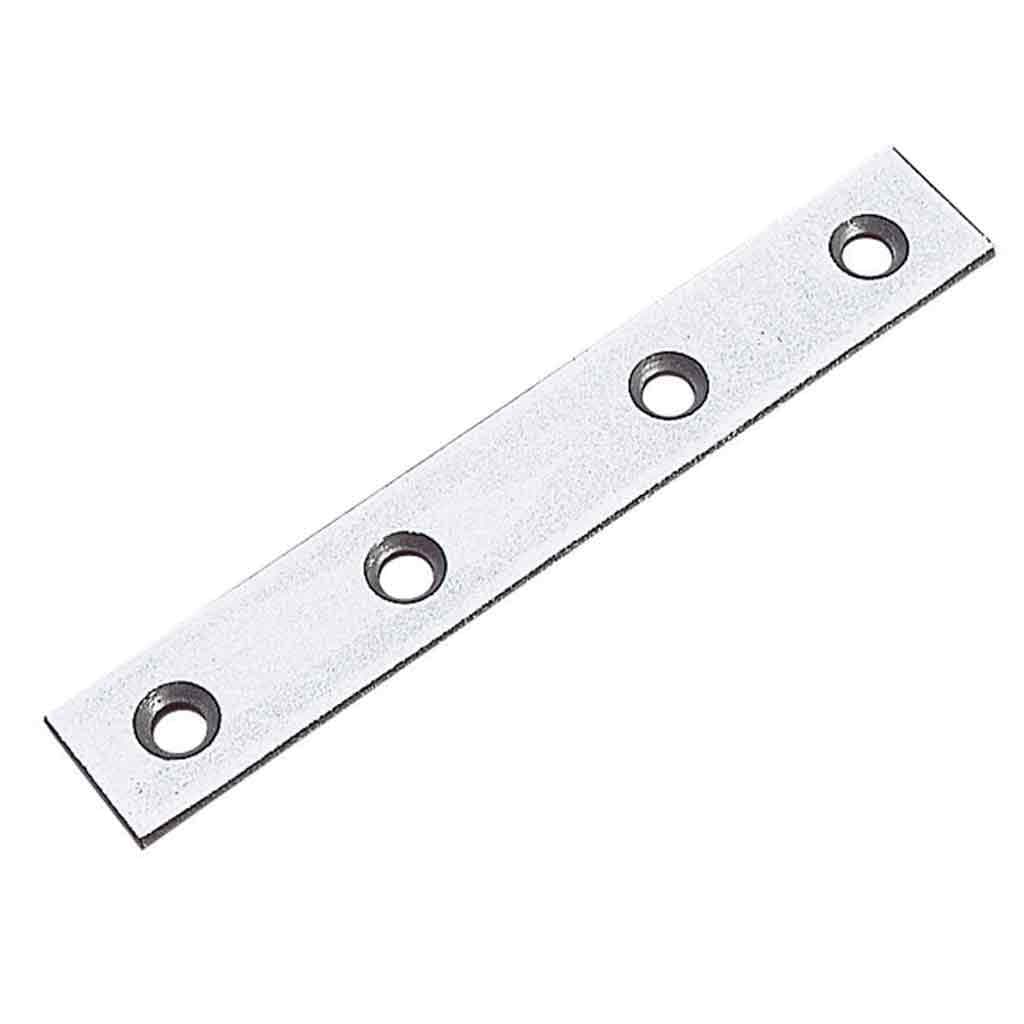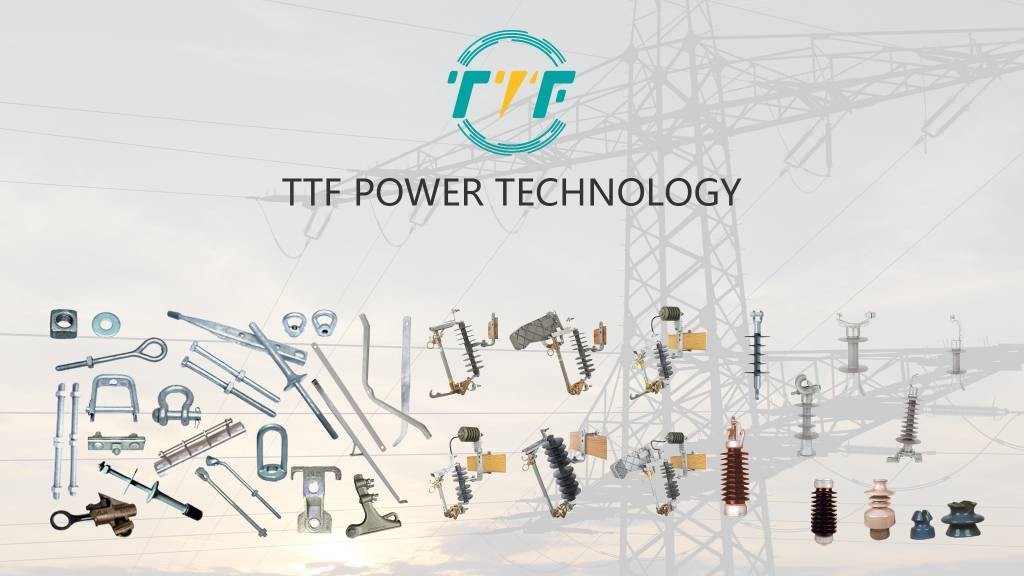
Argentina intends to maximize the use of its natural gas reserves to meet rising energy demands. The floating LNG technology is a new technology that represents a watershed moment in the capturing, processing, and exportation of its gas resources. The Vaca Muerta offshore gas field in Argentina has enormous potential for FLNG development. This has attracted foreign contractors bidding on the front-end engineering and design (FEED) contract. The project will be located near current gas-producing basins and linked to upstream infrastructure, notably the Vaca Muerta. It is part of Argentina’s strategy for monetizing gas, reducing seasonal imbalances, and becoming a net energy exporter. This achievement represents a significant step toward energy independence, global importance, and economic diversification. Steel reinforcing plates provide localized strength and integrity to high-stress areas.
Floating LNG plants encounter obstacles such as dynamic ocean loads, cryogenic environments, and high-pressure gas processing. Steel reinforcement plates strengthen welded connections by distributing stress and preventing distortion. Reinforcing plates reinforce pipeline spools near connection points. They prevent buckling where pipelines touch the FLNG hull. Abrasion-resistant plates can withstand corrosion in the South Atlantic. Reinforcing plates are critical to the safety and durability of FLNG infrastructure. Proper reinforcing will extend asset life in corrosive marine settings. They also cut maintenance expenses by avoiding structural breakdowns.
Impacts of floating LNG development in Argentina.
Floating LNG is a cost-effective, modular alternative for offshore gas production, liquefaction, and export. These devices can be installed faster, need less space, and offer more flexibility. This initiative has the potential to increase gas exports, speed up offshore development, boost energy security, attract investment and technology, push policy reform, and consider environmental and social concerns. Floating LNG development could help Argentina become a worldwide exporter.
Establishing floating LNG in Argentina using steel reinforcing plates
Steel reinforcing plates are structural components that strengthen and support certain parts of a vessel, pipe, or structural framework. The plates serve crucial structural and mechanical functions in FLNG. Reinforced steel sheets maintain the mechanical integrity of modern liquefaction units. This is critical for achieving international marine safety standards. They are also critical in adjusting FLNG systems to local wave conditions, seismic concerns, and operating loads. Steel reinforcing plates provide the following purposes in FLNG development in Argentina.

- Structural reinforcement of hull and deck—FLNG vessels are repurposed LNG carriers that endure static and dynamic loads. Reinforcing plates provide extra strength in localized stress zones. This is crucial where cranes, skids, flare towers, or heavy equipment are mounted on the deck.
- Pressure containment—pipe sections and nozzles are reinforced with pads or plates at joints, elbows, and branch connections. Steel reinforcing plates reduce stress around welded connections in pressure vessels and piping systems. This prevents leaks in LNG transfer lines, vapor recovery systems, and fuel gas systems.
- Support for subsea and riser systems—FLNG units in Argentina tap into offshore gas fields, riser bases, and flowline junctions. Reinforcing plates serve as load-distribution elements in subsea structures and clamp systems.
- Corrosion management—galvanized reinforcing plates act as sacrificial elements that absorb stress and degradation over time. They extend the lifespan of primary structures by shielding high-contact zones from erosion.
Establishing floating LNG in Argentina using steel reinforcing plates
Steel reinforcing plates are structural components that strengthen and support certain parts of a vessel, pipe, or structural framework. The plates serve crucial structural and mechanical functions in FLNG. Reinforced steel sheets maintain the mechanical integrity of modern liquefaction units. This is critical for achieving international marine safety standards. They are also critical in adjusting FLNG systems to local wave conditions, seismic concerns, and operating loads. Steel reinforcing plates provide the following purposes in FLNG development in Argentina.

- Floating production, storage, and offloading platform design—these include naval architecture, mooring systems, dynamic positioning systems, and ballast control systems. They enable Argentina’s FLNG unit to withstand harsh ocean conditions.
- Liquefaction technology—these are technologies that cool natural gas, turning it into a liquid for storage and transport. They include mixed refrigerant cycle, dual mixed refrigerant, and nitrogen expansion.
- Flowline systems—these are subsea wellheads, flexible risers and flowlines, subsea control modules, and subsea compression and separation. The systems allow for remote gas collection and transport to the FLNG vessel.
- LNG storage and containment technology—floating LNG vessels are cryogenic storage tanks designed to handle both thermal stress and dynamic motion. They include membrane-type containment systems, moss-type spherical tanks, and insulated tank linings.
